This build has been archived by the author. They are no longer supporting nor updating this build and it may have become outdated. As such, voting and commenting have been disabled and it no longer appears in regular search results.
We recommend you take a look at this author's other builds.
This guide has not yet been updated for the current season. Please keep this in mind while reading. You can see the most recently updated guides on the browse guides page
 Thank You!
Thank You!
Your votes and comments encourage our guide authors to continue
creating helpful guides for the League of Legends community.
Choose Champion Build:
-
Trundle Top
-
Trundle Support
-
Trundle Jungle
Recommended Items
Spells:

Teleport

Flash
Items
Ability Order


King's Tribute (PASSIVE)
Trundle Passive Ability
Threats & Synergies
 Threats
Threats
 Synergies
Synergies
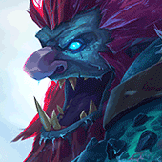 Show All
Show All
 Extreme Threats
Extreme Threats

 Ideal Synergies
Ideal Synergies

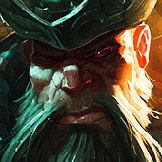
Gangplank
Gangplank will win lane from level 2. You have a small opportunity to win a level 1 all in bringing ignite, but past that point, his long range armor reducing damage is substantial. He scales harder than you, too.

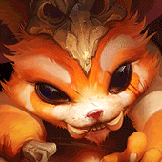
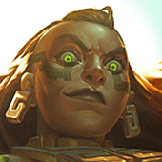
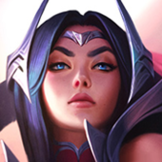

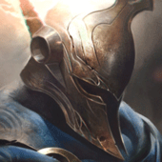
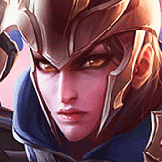
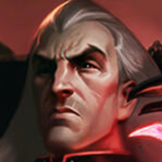
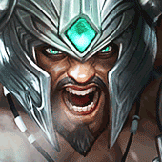
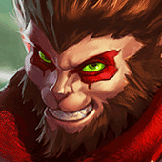
 Synergies
Synergies
Introduction
| Trundle is an AD-bruiser, meaning that he uses a combination of physical damage and overall defense to function. Trundle's ability to engage and disengage as well as an above average range of auto attacks make his lane phase very dynamic. Trundle is able to bully out many melee champions yet due to his role in a team composition still manages to scale well into the late game. Trundle is able to do a variety of tasks, but functions best as a frontliner due to his ability to steal resistances, decrease an enemy's attack damage, and zone. That being said, his kit has synergy with split pushing, and if beneficial, can just as well do so. Trundle is not mechanically complex, and it's critical to hone ones play at the micro and macro level since mechanical advantages are virtually non existent on Trundle. |
This guide is incomplete, but when finished, will not only how to utilize Trundle to his best, but also why each and every intricacy matters.
Principles of Runes
Basic Optimization
Top Lane
|
These give you +0.95 attack damage per rune. |
These give you +0.28 attack damage per rune. |
These give you +0.33 attack damage per rune. |
There are two methods of damage reduction for each damage type. Increasing resistances or increasing health. The former decreases the damage dealt, while the latter makes it so more damage will be needed to accomplish the same percentage. The three stats are Health, Armor (for physical damage) and Magic Resistance (for magical damage).
|
These give you +3.47 health per rune. |
These give you +2.67 health per rune. |
These give you +8 health per rune. |
Therefore to maximize the ratio of health per rune, one should take health seals.
|
These give you +0.91 armor per rune. |
These give you +0.7 armor per rune. |
These give you +1 armor per rune. |
Therefore to maximize the ratio of armor per rune, one should take armor seals.
|
These give you +0.77 magic resist per rune. |
These give you +1.34 magic resist per rune. |
These give you +0.74 magic resist per rune. |
Therefore to maximize the ratio of magic resistance per rune, one should take magic resist glyphs.
Since it's uncommon to have much action at level 1, since most champions are unable to do anything significant with only a single ability, level 1 is not a good place to analyze. Level 2 and 3 are more viable intervals for this purpose. While Trundle often trades better level 3 against another, these are defensive runes which are being looked at; since many champions will like to trade level 2, this is the ideal level to look at.
Trundle at level 2 has base 685 health and 29.5 armor. 9 Health seals will give 72 health, and 9 armor seals will give 9 armor. With 9 armor seals equipped, Trundle will have a total of 29.5+9=38.5 armor. Damage reduction is calculated by:
To find how much additional that is granted, we will subtract this from the amount of reduction Trundle would have had he not taken armor runes.
In order to break even with health runes, you'll have to take, before backing, the amount of health lost by not taking health runes divided by damage reduction, as that will be the point where enough damage has been dealt that the amount reduced is larger than the amount given by health seals.
This amount is 72/0.0502=1434.26 damage.
Now, taking 1434.26 damage is substantial, but this is raw damage, we will have to factor the actual amount damage being taken once more. We multiply by the damage multiplier from armor to get 1434.26*0.7220=1107.25 damage, which is bit more reasonable.
Can Trundle reasonably take that much damage in lane? Trundle through his passive already gets innate sustain as the minion wave pushes, and all of his starting items provide him with health. Furthermore, health regeneration also provides this. The only issue with taking armor seals is that if the champion does not do primarily physical damage, that the armor damage reduction will be a poor investment. That being said, in top lane, most champions deal primarily physical damage, making armor seals usually the better choice.
Quints are preference because the rest of the rune types have been dedicated to specific stats. Since top lane faces a single combatant, it's often better to examine the most important stat(s) in lane and pick from those. Trundle really only does use attack damage, armor, and magic resistance, and attack damage will always be useful, whereas the other two have match ups where they will not be, making it so attack damage quints are a more consistent option.
Support
The defense stats one needs to maximize are health, armor, and magic resist. The same arguments will be applied for magic resist glyphs, but the other three types will require a bit more in depth derivation.
-
*It's almost always better to stack a resistance than health. Since every point of armor increases one's effective health by a percent of one's health, one can derive from the following formula
Effective Health=base health*[1+(resistance/100)]
that the optimal amount of health and resistance is where the amount of health is greater than the amount of resistance by exactly 100. This also explains why pure health and armor items are late game.
*
*You do not focus the carry. You deal damage to the most dangerous threat you can possibly get to while minimizing in danger. Assassins follow this rule; they will have an equal amount of danger for all targets so maximizing priority is often first.
* Face of the Mountain is a very bad item. An additional 10% of max health given to a target often does not do enough. If it made a difference, the target most likely would have survived anyways, and if the target dies it was a failure. The few times it would theortetically save someone is when somehow the amount of damage dealt to the target was between their current health and the sum of their current health with 10% of your's. Considering how that's a very thin line unless one stacks HP, which is very questionable.
*Support items don't even generate that much gold. 2 gold per 10 seconds equates to 12 gold a minute. It takes just over four minutes to generate enough gold for a potion. The same thing goes for bandit. However, supports only receive ambient gold, so you do have to take these in order not to fall behind even further.
*Smite for execution. The first camps provide useful passives to help clear, which means the longer one is able to have them, the better, since every camp past the first are more difficult.







 7,060
7,060
 0
0





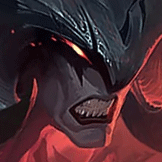
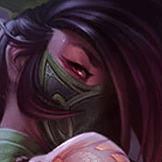
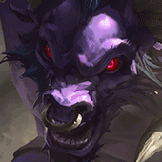
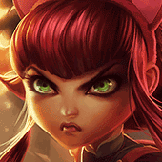
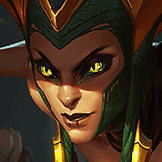
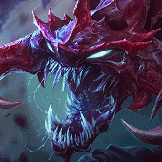
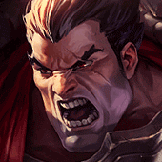

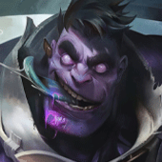
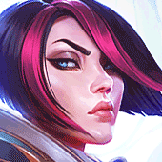
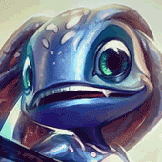
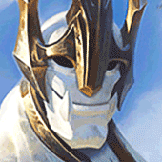
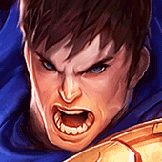

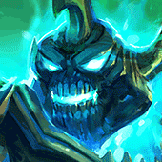
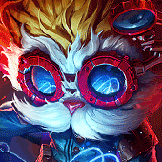
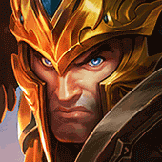
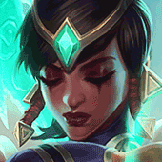
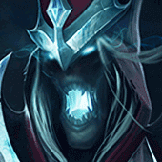
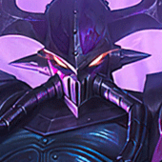
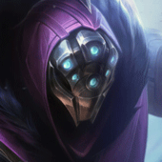
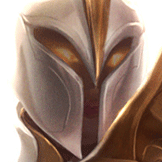
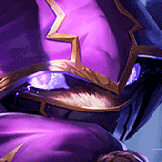
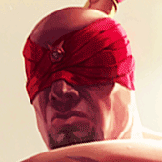
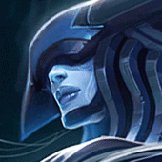

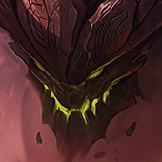
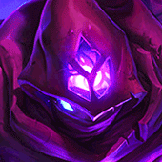
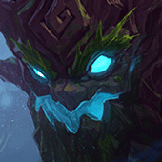
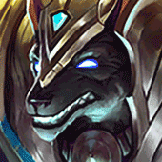
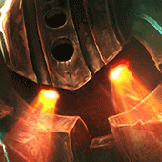
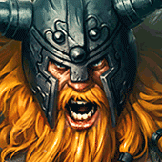
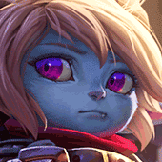
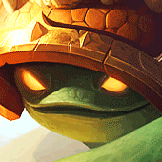
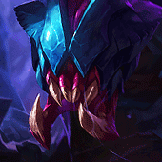
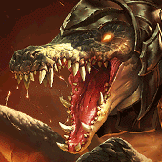
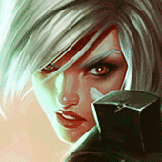
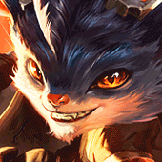
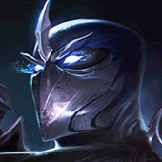
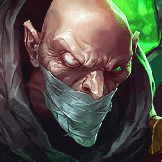
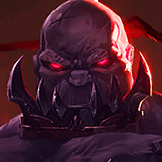
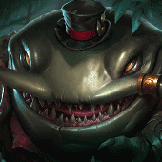

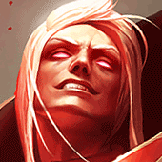
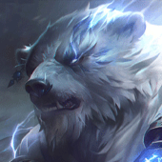
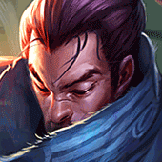













You must be logged in to comment. Please login or register.